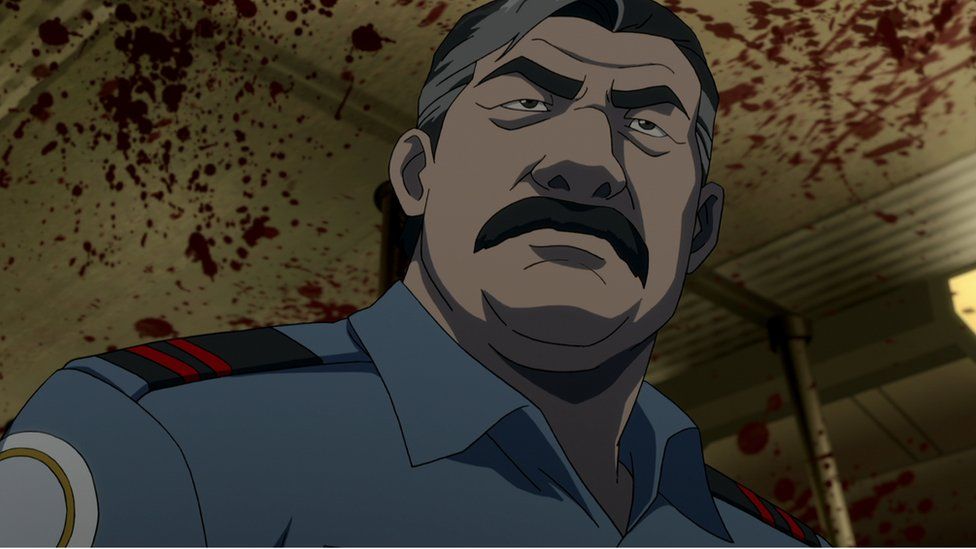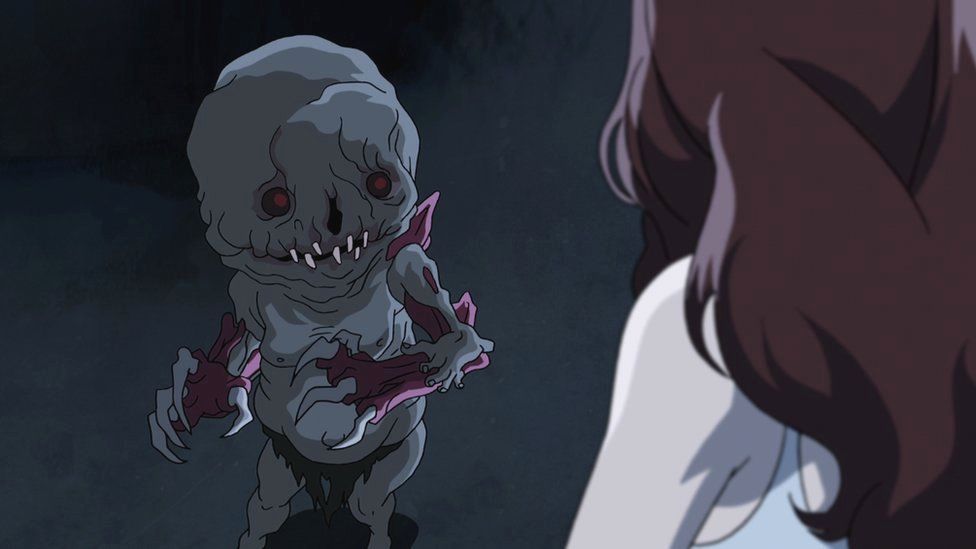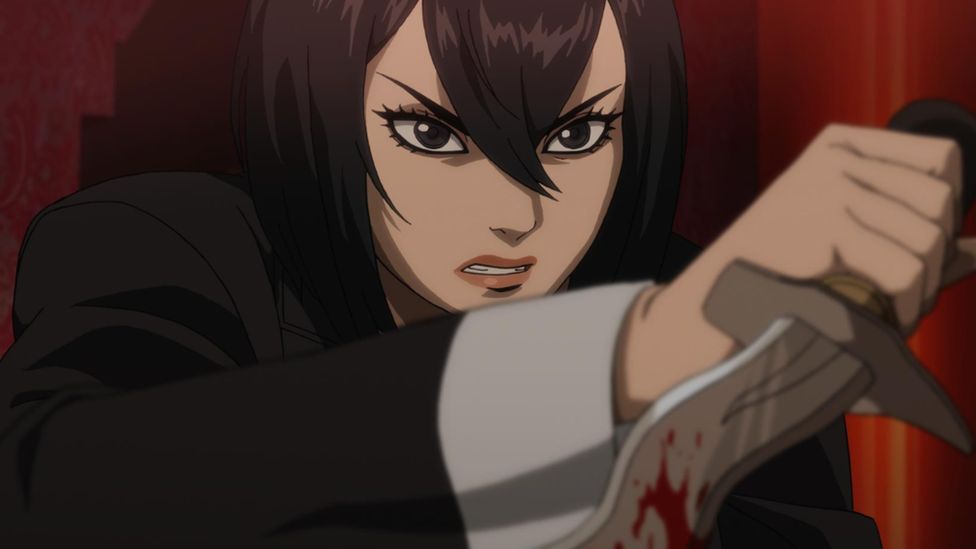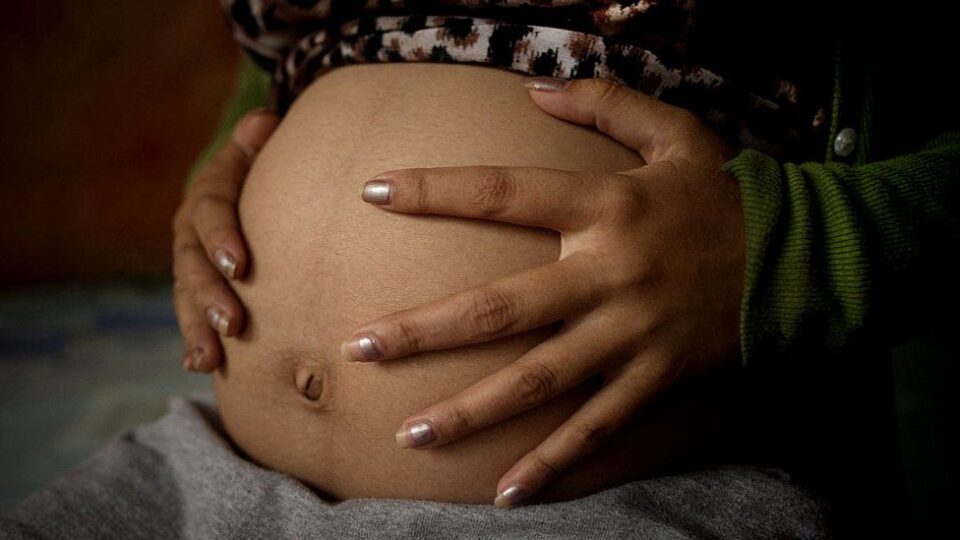A female spirit murdered by her lover. A giant shape-shifting horse. A vampiric creature that takes the form of a new-born baby.
These are just some of the many supernatural creatures that appear in Trese – Netflix’s first Filipino animated series – based on a widely popular comic book series of the same name.
The series revolves around occult detective Alexandra Trese, who goes around the city solving crimes, killing monsters – in short, generally trying to save the world.
But these aren’t the kind of monsters that live just in story books. Rather, these monsters are in the modern world – with each of their tales revealing different facets of Filipino society.
The brutal drug war
“None of you cops are saints. We’re not people to you, we’re just numbers, statistics.”
That’s a line spoken by one character who goes on to turn the dead into zombies, ordering them to attack police officers as revenge for his brother who was gunned down by a cop.

It’s difficult not to notice parallels between what is happening on screen and what is happening in the Philippines today, a country dogged by allegations of police brutality.
In 2020, a UN report found that more than 8,000 people had been killed by police since President Rodrigo Duterte took office.
Mr Duterte has pursued an aggressive anti-drug campaign – but critics say his campaign has given police officers the ability to attack suspects with “near impunity”.
It was therefore notable when, in 2018, three officers were found guilty of killing a 17-year-old teenager. Kian Delos Santos was found dead in a dark and dingy alleyway – accused of being a drug-runner, though this was never confirmed.
But comics creator Budjette Tan says he had no intention of “making a statement, [or pursuing] an agenda”.
“It is interesting to see how people suddenly relate to something that happened just yesterday. We wrote the story 15 years ago and somehow – whether that’s good or bad – it still seems to be relevant today,” he told the BBC.

The police aren’t the only shady characters in the series. Mayor Santamaria – a significant character – plays the part of a dirty politician.
He’s seen making deals with the aswang – trafficking humans from slums in exchange for power.
The aswang are an umbrella term of vampiric and malevolent spirits – arguably the most commonly known creatures in local folklore. These creatures suck blood, eat human flesh and also shape-shift.
“There are multiple type of aswang in Philippine folklore. There’s the witch, the were-beast, the bloodsucker, the corpse-eater, as well as the winged monster who sucks unborn children out of pregnant women,” said Bliss Lim, a professor of film and media studies at the University California at Irvine.
“Trese draws on aswang lore but updates it in creative ways. They’re underworld denizens of Manila, they’re purveyors of nightclubs or criminal gangs involved in gun smuggling.”
According to Mr Tan, he drew inspiration for Trese from what he saw around him in Manila “in the best and worst ways possible”.
“Those are the kinds of stories we see from our headlines… so it just made sense – whether it’s about police or politicians, that they ended up getting cast in those roles.”
Catholicism and the supernatural
Another prominent creature that makes an appearance in the series is the tiyanak – a vampiric creature that takes on the form of a newborn baby.

Once picked up by the victim, it reverts to its true form and attacks.
In the show, the tiyanak is portrayed as a baby who was aborted by their mother – and later comes back to haunt her. But it’s more complex than just a vengeful baby – the infant in the series is seen as someone abandoned by their mother, now craving some form of love.
The topic of abortion is a sensitive one in Asia’s only Christian nation, where more than 80% of its population identifies as Roman Catholic.
Abortion is illegal and highly frowned upon, but reports say thousands of women each year carry out abortions in secret.
But while Catholicism holds great sway over the the Philippines – home to one of the world’s largest Catholic populations – the country still has deeply-held beliefs in the supernatural.
“In [the case of the tiyanak], you can see a sense of mythology combining with some Catholic ideas in the Philippines,” Resto Cruz, a lecturer in social anthropology at the University of Edinburgh, told the BBC.

“These were indigenous beliefs that had always existed in the Philippines of creatures like the aswang – so when the Spanish arrived bringing Catholicism, it created this combination – resulting in the kind of Catholicism you see today, where there is an insistence of faith, but at the same time, still a belief in these creatures.”
But according to Rev Fr Hermel O Pama, many in the Philippines do not see “any difficulty in being Christian and paying a healthy sense of respect to the belief systems that have existed [since pre-colonial times]”.
However, Prof Lim told the BBC that Spanish colonisation may have influenced modern Filipino society in more ways than one.
She quotes folklore scholar Herminia Menez, who suggests that the original aswang were actually babaylan – female shamans who refused to convert to Catholicism.
“According to Menez, the figure of the [aswang] was retooled to discredit and disenfranchise [these] female shamans,” she says.

In Trese however, the role of the babaylan is one that’s reclaimed by its lead character, Alexandra Trese – and portrayed as an overwhelming force for good.
“Alexandra is introduced as a fusion of the masculine-identified warrior (mandirigma), with the feminine-identified shaman-healer (babaylan),” Prof Lim tells the BBC. “She herself is a very modern take on a pre-colonial animist figure.”
Mr Tan says that he and Kajo Baldisimo, the illustrator of the comics, had first imagined the role of Alexandra as going to a man.
“In the first draft, he was your typical tough guy action star kind of character. But there was just something there that felt so standard,” he said.
“Even in the Philippines, we don’t see so much of a female lead that had that kind of toughness and grit about her….and her being a babaylan-mandirigma… it just made perfect sense.
report bbc





